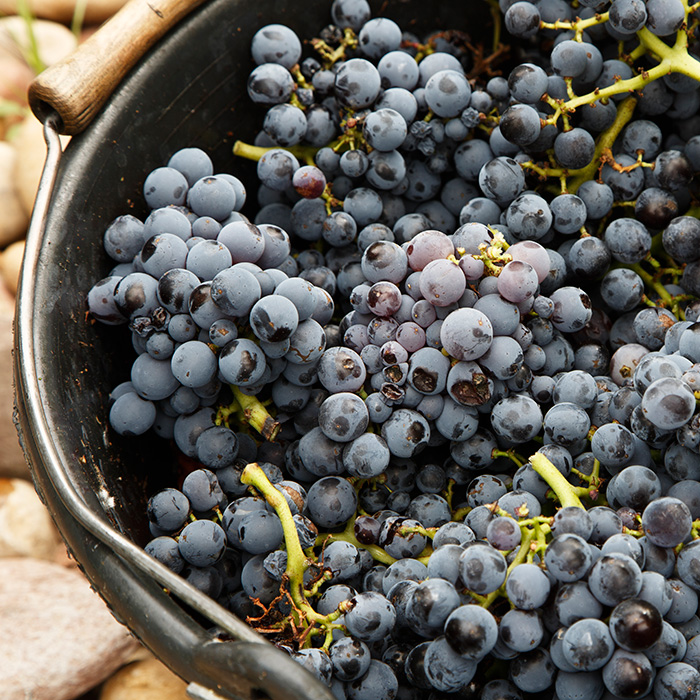Are blends best? Yea
Author: Catriona Felstead MW

Photograph: Jason Lowe
It is a popular misconception that terroir is often best expressed via single-varietal wines. Those who adore certain varietals, especially those from the “Holy Grail” of terroir, Burgundy, would argue that the purity of character in varietal wines gives the finest expression of site known to man. I, however, as a champion today of blended wines, beg to differ.
It might be easy to be snooty about blended wines – but there is one overriding, crucial point to bear in mind: 99.9 percent of the wines across the world are blended, even those made from one, single variety. It is easy to have the romantic notion that a good Pinot Noir from Burgundy, for example, comes from a single row of vines, the grapes picked and crafted into a single barrel of juice that is a pure demonstration of terroir. Excepting the few wonderful producers with only a handful of world-renowned vines at their disposal, this is not the case. A typical Pinot Noir from Burgundy will actually be comprised of a variety of different parcels of grapes, each displaying slightly different characteristics, using a number of different winemaking lots, again each with its own individual personality, which are blended together to make the final wine. The only difference to what we would otherwise term a blended wine is literally the restriction of the geographic location of the vine, plus the fact that only one variety is included. It would be more accurate to describe most “single-varietal wines” as “mono-varietal blends”. And let’s not forget, wines from the European Union only need to contain a minimum of 85 percent of the grape variety mentioned on the label to be legal (a low as 75 percent in wines from the USA), so you may often be drinking a blend without even realising it.
The point of blending is, of course, to create a consistency of style, whether that is the style of the vineyard, of the producer or of the region. Blending is why mass-market brands taste the same from one vintage to another, no matter what the weather conditions, offering a comforting security to the less adventurous consumer. However, it is also widely accepted that a blend is often greater than the sum of its parts – and that is why many winemakers choose to do it. Blending allows a winemaker to craft a “recipe” with multiple seasoning components – such as grape ripeness for fruit profile or acidity, different yeasts to manipulate flavour or texture, or different fermentation and maturation vessels to influence the style. Producers such as Eben Sadie in South Africa firmly believe that blending different components together produces a better wine overall and that multi-varietal blends actually give a better reflection of terroir.
Let’s face it, some of the world’s finest wines are, famously, blends: Champagne, Bordeaux, (most) Châteauneuf-du-Pape, Rioja, Sauternes and Sherry to name but a few – not forgetting the oft-touted example of Penfolds Grange. If we can all generally accept that terroir can shine out of a wine made from one variety that has already undergone the blending process in the vineyard and the winery, why should we not accept that these great wines made from more than one variety or site can show an equally impressive reflection of their wider terroir?
It would be disingenuous of me to leave you with the impression that I think that blends are simply better than single-varietal wines. I enjoy both and I firmly believe that the beauty of wine lies in its diversity. Ultimately, however, the most important point to bear in mind, above varietal, blend, origin or terroir expression, is: is it good to drink?
Read Adam Bruntlett’s response, defending the purity of one grape


